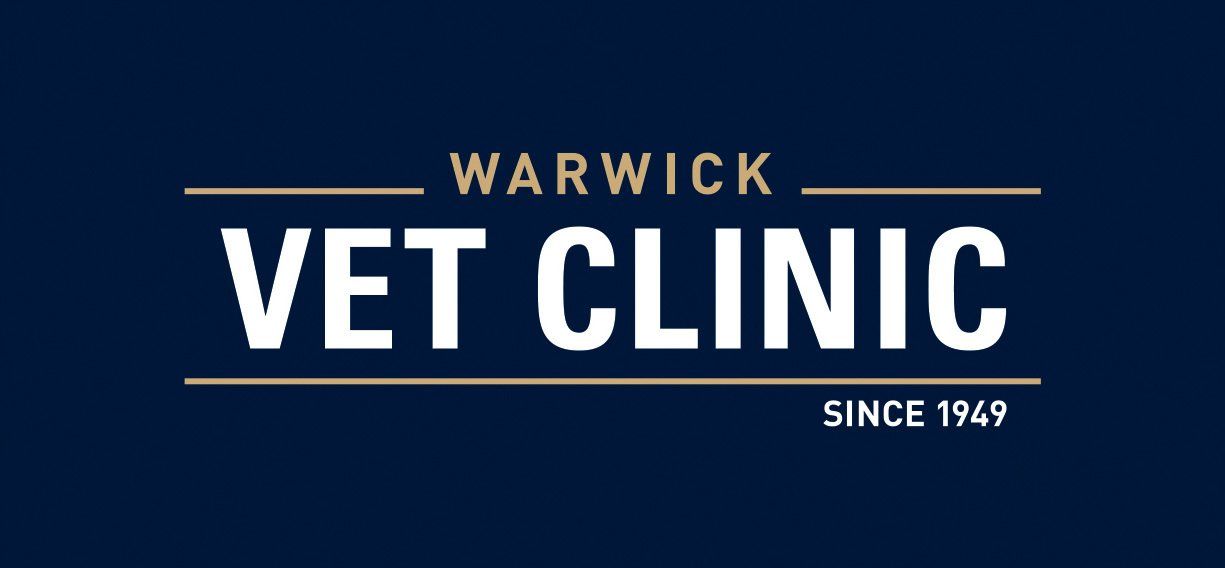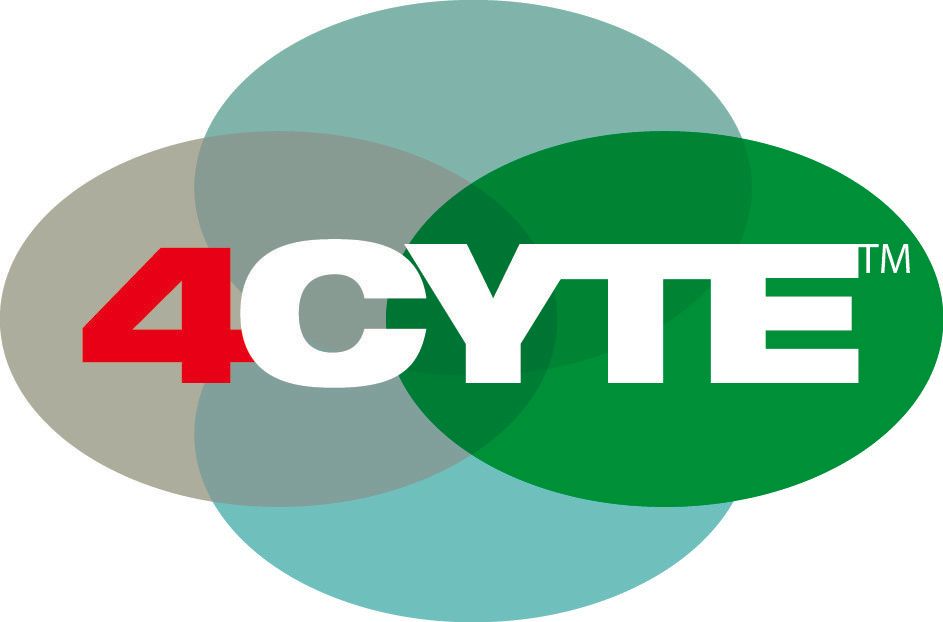HORSE LAMENESS AND SHOEING
There are many causes of lameness in horses.
Some of the main causes include:
- Bruising
- Arthritis
- Tendon or ligament problems
- Fractures
- Elbow problems
- Bad shoeing
- Hip joint problems
- Heart problems
- Shoulder problems
To determine the source of the lameness, perform a visual examination looking at how your horse moves. If your horse takes short, choppy steps and strides, this may indicate that your horse has lameness in both front legs and/or hind legs. If your horse jerks his head and neck upward, watch to see which leg is hitting the ground as the head and neck jerk upward. Most likely that is the leg that is lame.
If you do not notice any upward movement of the head and neck then have your horse trot away from you. Carefully watch your horse's hocks and hind quarters. If you notice that one hip is carried high and the other hip drops, your horse is most likely lame in his hind legs. Try to determine which hind leg is lame by watching the hip. The side that is being carried higher is usually the lame side.
If you see any of the following symptoms in your horse, contact us to arrange a consultation with one of our vets to help properly diagnose and treat the problem.
- You can feel heat, tenderness or swelling in a particular area
- Cuts, bruises, abrasions, pricks, punctures, kicks, and bites
- Your horse stands with a "point" forelimb, hind limb or each foot alternatively
- Your horse drops on one side showing that he is favouring the other side
- Dragging a foot (unable to lift it)
Advanced Arthritis and Joint Support
Advanced arthritis and joint support for your horse.
CONTACT A CLINIC
For further advice on the health care of your animals, contact the professional team at the Warwick Vet Clinic for a consultation.
CONTACT A CLINIC
We will get back to you as soon as possible.
Please try again later.
HEALTHY ANIMALS ARE HAPPY ANIMALS
The latest animal care information from our experienced veterinarians.
OUR CLINICS
WARWICK VETERINARY CLINIC
Opening Hours
Mon - Fri: 7:30am to 6:00pm
Sat: 8:30am to 12:00pm
Warwick West Vet Clinic
Opening Hours
Tuesday and Wednesday:
8:30am to 5:00pm
ALLORA VETERINARY CLINIC
Opening Hours
Monday - Friday:
8:30am to 5:00pm
CLIFTON VETERINARY CLINIC
Opening Hours
Tuesday, Wednesday and Friday:
9:00am to 4:00pm
Warwick Vet Clinic. Website by dms CREATiVE










